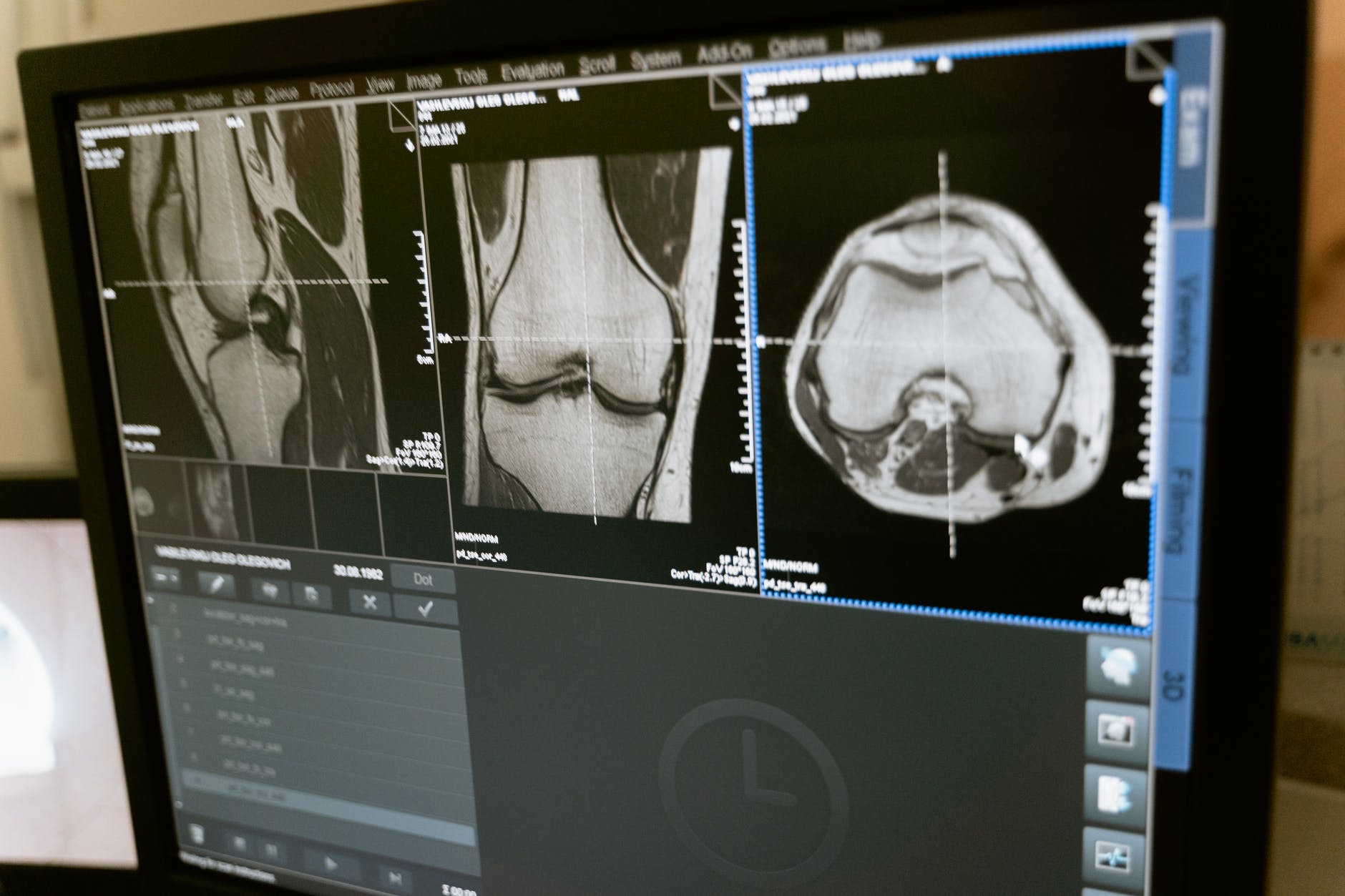What is a Bone Density Test and How is it Done?
 Importance of a bone density test
Importance of a bone density test
A bone density test or a DEXA scan is used to measure the amount of calcium and minerals in the bone and assess how strong or fragile the bone is. The test uses X-rays and is most often done on the hip, spine, and forearms. The test is an important tool to determine if you have osteoporosis.
Our bones are composed of living tissues that are constantly being broken down and replaced. When a person has osteoporosis, the new tissue creation cannot keep up with the amount of bone tissue being absorbed. This leads to the bones becoming brittle and weak. This is called osteoporosis.
Osteoporosis can make the bone so weak that any stress can fracture it. But it is a progressive disease, and if caught early on, it can be managed effectively. Doctors recommend that women over a certain age do a regular bone density test to check for osteoporosis.
When should you go for a bone density scan?
Although osteoporosis is more prevalent in older women, men can develop the condition too. The doctor may recommend a bone density scan for the following reasons:
- If you are a woman who is 65 years or older.
- If you are younger but have repeated fractures.
- Have a deficient body weight (This could be because of bone loss)
- Sudden loss of height (This could be due to compression fractures in the spine)
- If you are a man over the age of 70.
- If you have a family history of osteoporosis.
Also Read: Tips To Keep Your Bones Healthy
Bone density test – procedure
During a DEXA scan, you will need to lie on your back on a flat X-ray table. You will have to lie perfectly still to ensure that the images are not blurred. The bone density test will be done with a device that has a mechanical arm. The arm will pass over the part of the body that is being assessed. This will take a reading of the bone as it passes over it.
The test will take about 10 to 30 minutes. The test is usually done on the lower spine bones, the narrow neck of your thighbone, next to your hip joint and on the bones in your forearm.
A small, portable machine is also available to measure bone density in the fingers, wrist, or heel. But a bone density taken on a peripheral location may not be an accurate predictor for osteoporosis. If your peripheral device test is positive, the doctor will recommend a follow-up scan at your spine or hip to confirm the diagnosis.
Understanding your bone density score
Your bone density test results are shown as two numbers - T-score and Z-score.
- If your T scores are above -1, bone density is normal.
- If it is between -1 and -2.5, the deviation is mild.
- If it is at or below -2.5, it is defined as osteoporosis.
- If your Z score is below -2, your bone density is less than it should be.
If you fall under any of the risk factors for osteoporosis, you should consult with an orthopaedist and get a bone density test done. Your orthopaedist will be able to offer the best Osteoporosis Treatment to help you manage the condition effectively.
- Jun 11, 2021
